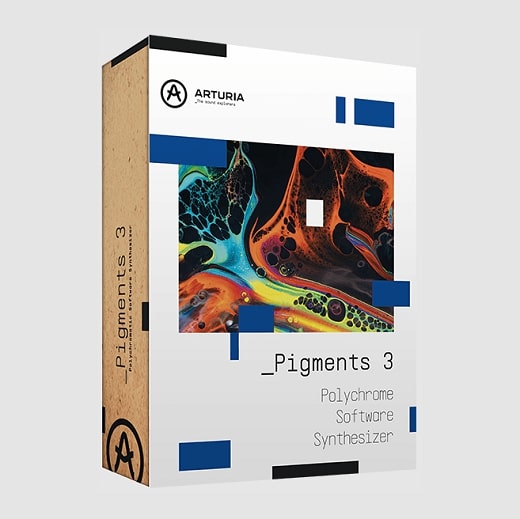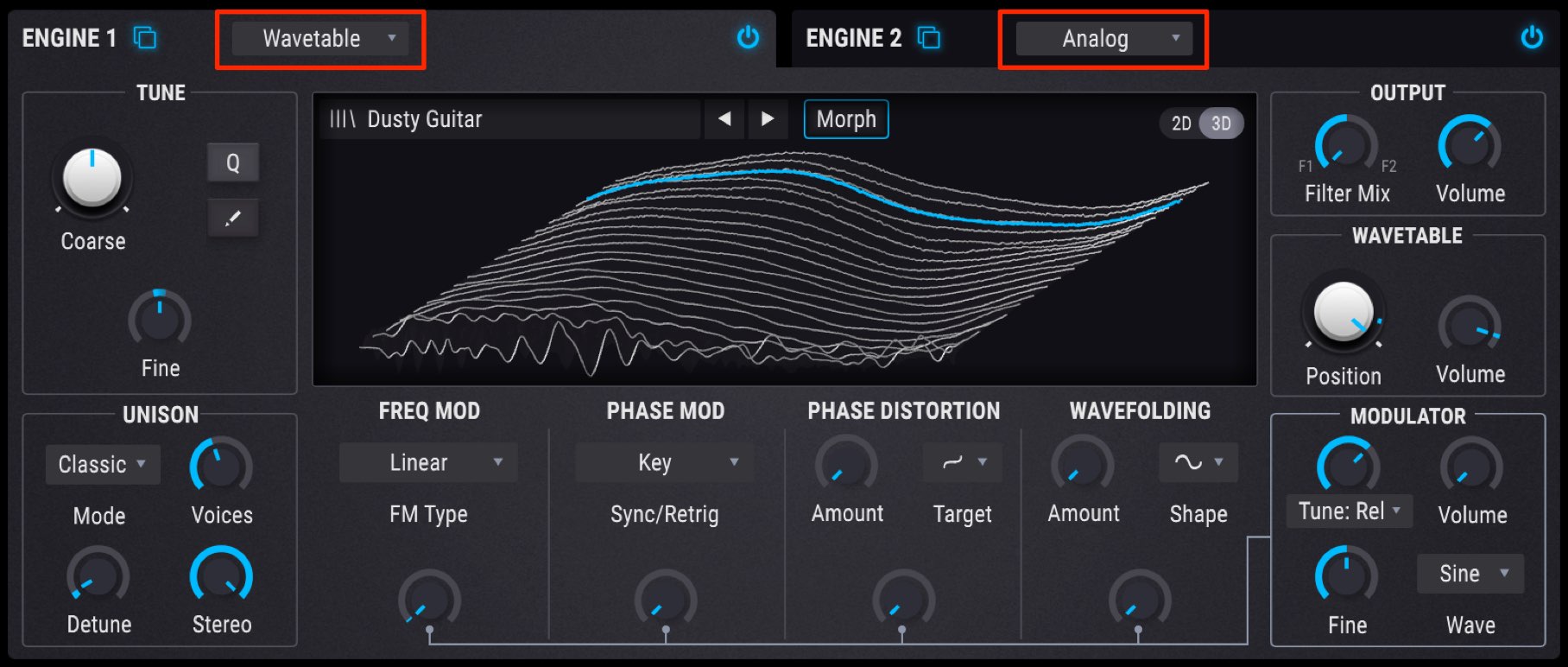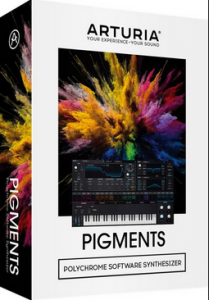


- #ARTURIA PIGMENTS TUTORIAL GENERATOR#
- #ARTURIA PIGMENTS TUTORIAL SOFTWARE#
- #ARTURIA PIGMENTS TUTORIAL SERIES#
MIDI implementation is very well executed as we can expect from veteran developers such as Arturia and the level of polish is overall very high, making Pigments a welcome addition that provides a breath of fresh air to their virtual synthesizer line. Wrapping it all up, Pigments offers a very well organized preset browser that makes recall and storage of presets a breeze, a note sequencer and a well-featured arpeggiator with polyrhythmic and trigger probability, which is in line with the current crop of synths. The brilliance lies on how we assign modulation, which can be done in two ways: 1 - by clicking a “plus” sign next to each assignable parameter to open up all modulation sources with their respective amounts, like the “sends on fader” functionality present on many mixing consoles, or 2 - by clicking on each modulation tab and simply dragging a corresponding ring on each parameter, which is nearly identical to what Native Instruments Massive does. It also covers all the basics modifiers such as velocity, aftertouch and four macros.

#ARTURIA PIGMENTS TUTORIAL GENERATOR#
Pigments brings the usual envelope generators and LFOs (three of each) but it adds interesting and somewhat fresh elements such as the function generator and combination sections. Next on the sound department is a effect section that presents a total of 13 processors, including EQ, compression, more filters, distortions and also the classic triad of synthesizer effects of chorus, delay and reverb.Īlthough its sound generation capabilities are vast and mighty, what makes Pigments stand out is its deep modulation options and most important its clever approach to modulation assignment.
#ARTURIA PIGMENTS TUTORIAL SERIES#
These filters can be set to run in series or in parallel and also anything in between, which makes them quite flexible.

Following the sound sources there are two filters, with 8 models to choose including classics such as the Moog “ladder” and the Oberheim SEM but also models like the “comb” and “surgeon” filters to cover all sorts of filter types. Pigments can work as a mono or poly synth with up to 32 voices if your computer can take it - lower voice settings are provided. There’s a wealthy number of wavetables available, and importing your own is possible and straightforward with a function that lets the user import an entire folder. In contrast to this basic analog engine is the wavetable engine, which brings a larger number of controls and can be get complex with phase distortion, wave folding along with frequency and phase modulation and a nice unison function that can even do chords. It’s all familiar ground for Arturia here, as these are the waveforms presents on basically all their virtual synths. The analog engine houses three oscillators with the usual sine, ramp, triangle and square with variable width for the last two. These two engines can be freely configured, and we can choose to have two analog engines or two wavetable engines or one of each. Pigments marks a departure from that line of work, it’s a new enterprise even though it incorporates some of their past efforts.īreaking it down: Pigments builds up a palette from two sound generators: an "analog" engine with three oscillators and a wavetable engine which breaks new synthesis ground for the company.
#ARTURIA PIGMENTS TUTORIAL SOFTWARE#
The company has also released a handful of analog synths that are entirely new designs, but on the software side they have always been doing basically what made it famous in the first place - and that is bringing vintage synths to our computers with a great level of quality and fidelity. The scope: After nearly 20 years of experience developing software emulations of classic hardware such as the Jupiter 8, Moog Model D, Prophet 5 and others, Arturia finally presents an entirely new virtual synth.


 0 kommentar(er)
0 kommentar(er)
